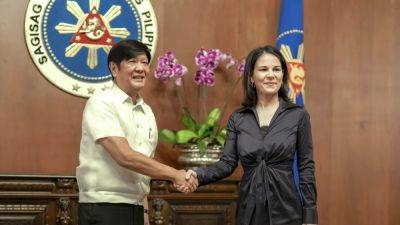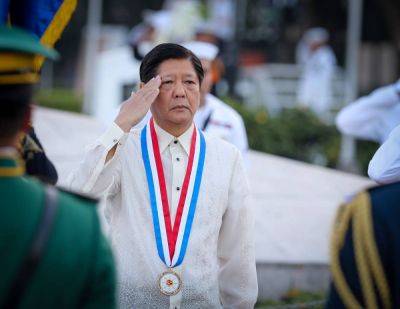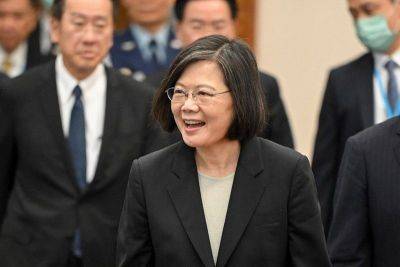Return of hard balancing in Philippine policy towards China's maritime expansion in South China Sea
During the second visit to Manila of U.S. Defense Secretary Lloyd Austin on February 2, Filipino and U.S. security officials announced that additional Philippine military facilities would host U.S. forces under the 2014 Enhanced Defense Cooperation Agreement (EDCA).
This announcement boosted the Biden administration's efforts to expand the American strategic footprint across the first island chain to counter China's aggressive moves against Taiwan.
The EDCA's new provision would add four more sites to the five Philippine military bases that American forces already use for training, pre-positioning equipment, taking-off and landing operations, and other functions.
On April 3, the Philippine government revealed the locations of the four new EDCA sites available for U.S. troop deployments in northern Luzon and Palawan, confirming their positions near Taiwan and the South China Sea. These locations would provide U.S. forces with a strategic vantage point from which they could mount rapid military operations in the event of an armed confrontation between the United States and China over Taiwan, which is more than 250 miles north of Luzon or the South China Sea.
Consequently, the Chinese embassy in Manila quickly opposed American strategic access to these Philippine bases. Chinese foreign minister and Politburo member Wang Yi warned President Ferdinand Marcos Jr. not to "lose the momentum" of his agreement with President Xi Jinping regarding the appropriate management of the South China Sea differences.
Along with his commitment to fund the third horizon of the Armed Forces of the Philippines’ (AFP) modernization program, President Ferdinand "Bongbong" Marcos Jr.'s decision to allow the United States to strengthen its strategic presence in the country marked the return of the Philippine policy of hard balancing towards China.
This is reminiscent of the late President Benigno Aquino III’s policy of hard balancing that challenged China's expansive maritime claim in the South China Sea.
In late 2016, however, former President Rodrigo Duterte reversed his predecessor's approach by adopting a policy of appeasement. In a conciliatory gesture, he extended two critical







